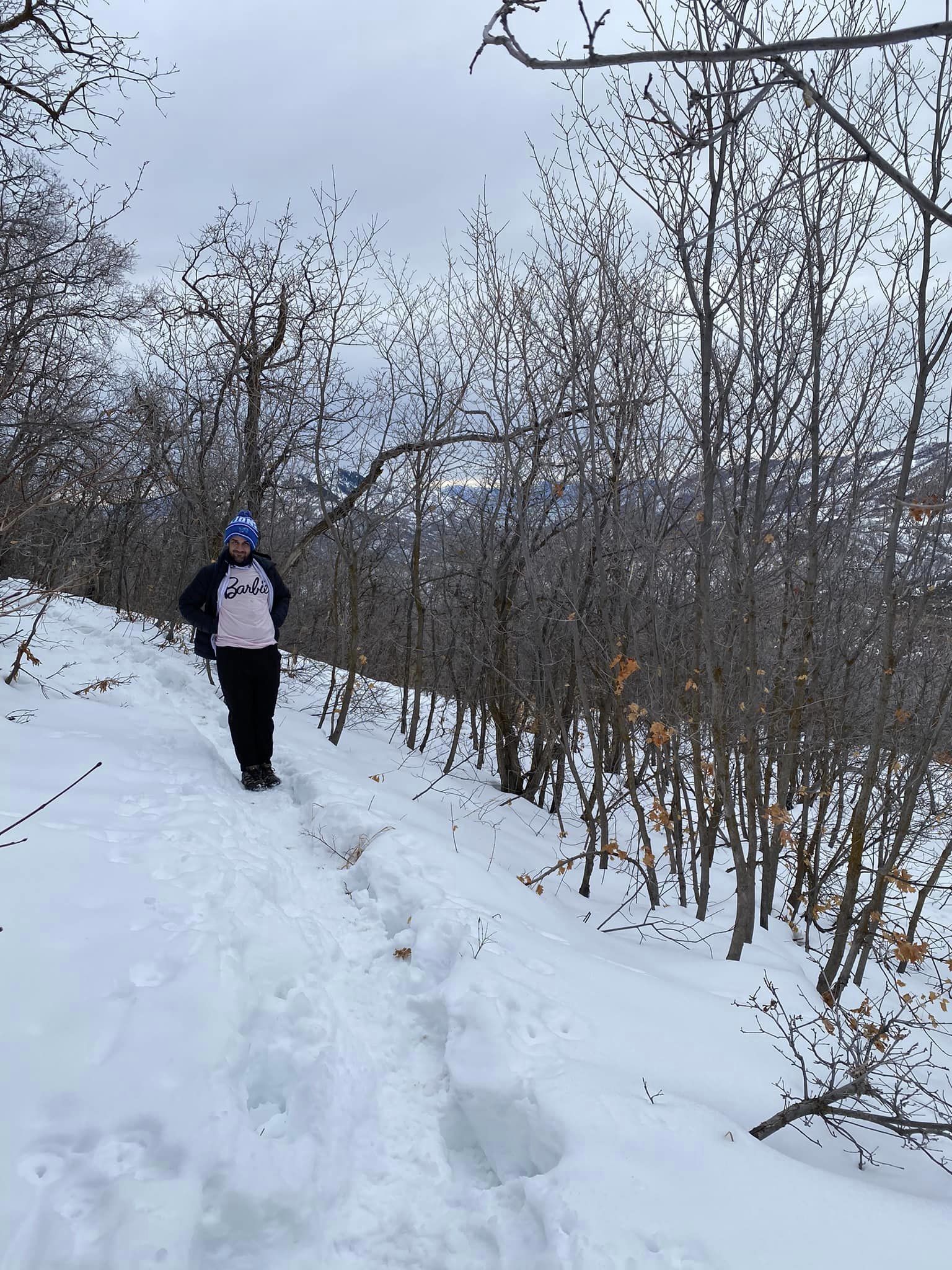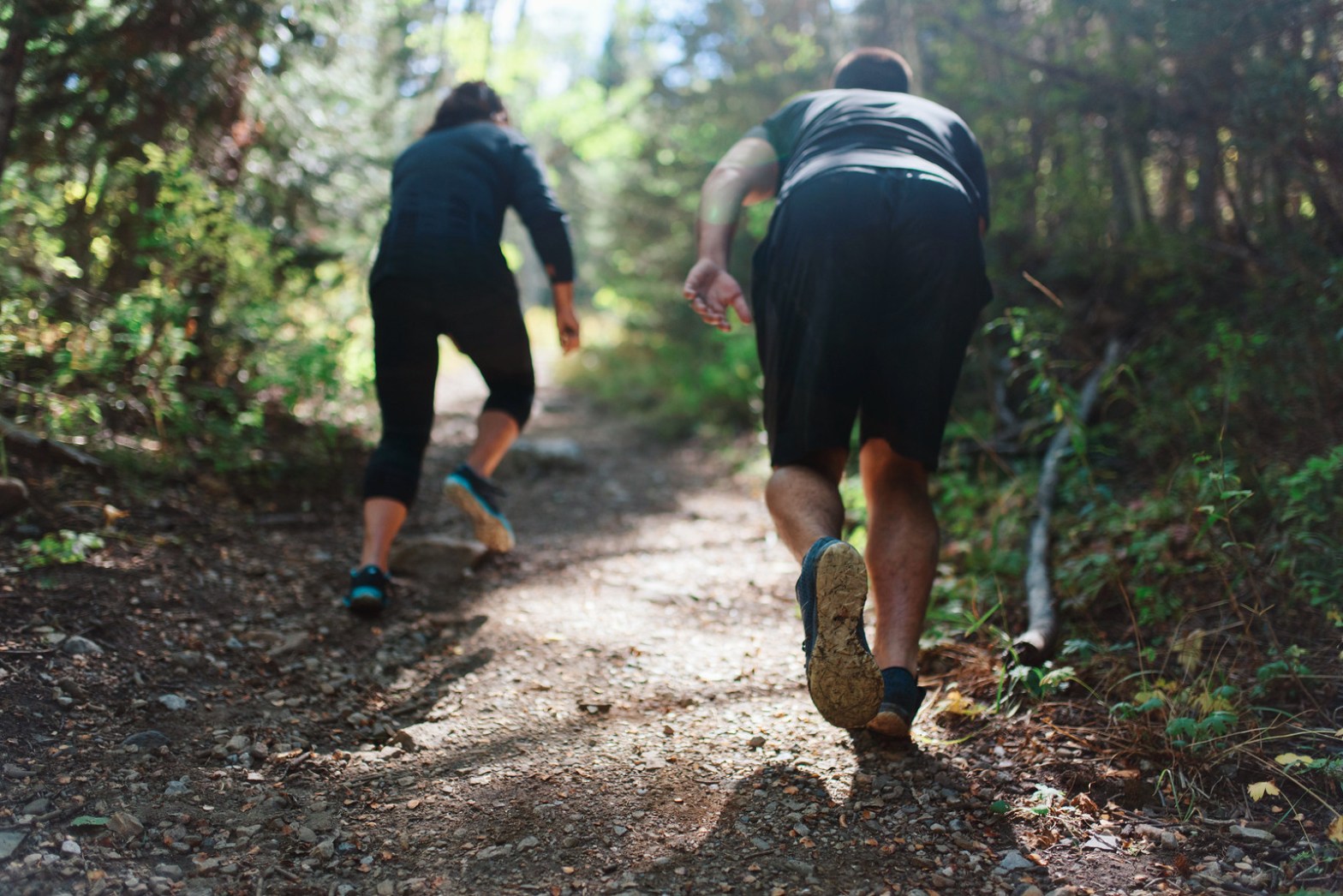I was sitting in the Doctor's office sick with a cough, a few months back. It had been a regular thing for my body when weather patterns shift. It gets cold, new allergens in the air, a couple months into football season and my immune system decides to lag behind. I fall behind on sleepContinue reading "Prevention vs. Treatment"
My Training Philosphy
Always be safe and understand the risks involved with exercise. The first, most important piece is safety in training. Don’t do something because someone you follow says “you’ll never find a more effective exercise for your glutes”. If your exercise puts you on the couch, you’re doing exercise wrong. Accidents happen, make sure you knowContinue reading "My Training Philosphy"
Your Fitness Routine is Set. Now What? – Bracing for the Next Steps
After consistently exercising for three months, it's crucial to reassess your fitness goals and understand what your body needs. Whether it's aiming for improved health risk factors, weight loss, enhanced mobility for sports, or consistent movement outside of training, the objective is tailored to each individual. It's also essential to set meaningful goals that resonate on a personal level, fostering motivation and resilience. This process can vastly improve different aspects of your health.
Oral Hygiene is like Fitness
Let's talk about good days and bad days for a minute. We'll do it in the context of brushing your teeth relating to commitment to self. There are some days you brush your teeth three times, floss them before gargling some mouth rinse, exactly as your dentist suggests. Being realistic - most days don't endContinue reading "Oral Hygiene is like Fitness"
Fitness and You – The Three Levels of Fitness
It's been 10+ years now. Thousands of hours and dollars spent learning with some of the best people I've met. Friends, bosses, colleagues, clients, family - there is a different need for every individual out there. I've got a running count of different ideas, concepts and plans built for single every person I've ever hadContinue reading "Fitness and You – The Three Levels of Fitness"
Have Fun in Fitness
Hello world,There's always fun in fitness. People get so caught up in lifting weights in various ways and stress the idea that if you don't do X you'll shatter your coccyx. There's fun in the struggle. It doesn't have to be this perfect setup with a 6 step warmup, a % rep max prescribed loadContinue reading "Have Fun in Fitness"
Treadmill vs Dreadmill
Wind in the hair. Wearing short shorts. And fun ass headbands in the outdoors amongst others who enjoy making me feel like the idiot I am. There's not much better than running outdoors and getting catcalled by all the boys whom want to attend my milkshake in the yard. (I think I went over myContinue reading "Treadmill vs Dreadmill"
Improving Your Environment
This world is wrought with chaos, new ideas, old ways of thinking and superfluous noise. The constant barrage of stress from news that breaks, ignorance and a deteriorating mother earth leads each and every one of us to wonder, what's going to crumble next? Let's take a step back and take a breath. Head down,Continue reading "Improving Your Environment"
What happens to Muscle as we Age?
Santa's jacked One of the most important things to recognize and realize, is that in older age we will inevitably see a decline in muscle mass, strength and power. Once you hit 70, there is a 2% decline in muscle mass per year in active adults from age 70-79. At the same time, the functional abilityContinue reading "What happens to Muscle as we Age?"
Intro to Arthritis – Exercise is the Best Medicine
Let's start at Arthritis. Arthritis is one of those things that literally means there is swelling and tenderness in our joints. It is often accompanied with pain and stiffness. To put it simply, you wake up one day and you just sort of start feeling old. And it happens to everyone. It's inevitable. But youContinue reading "Intro to Arthritis – Exercise is the Best Medicine"


